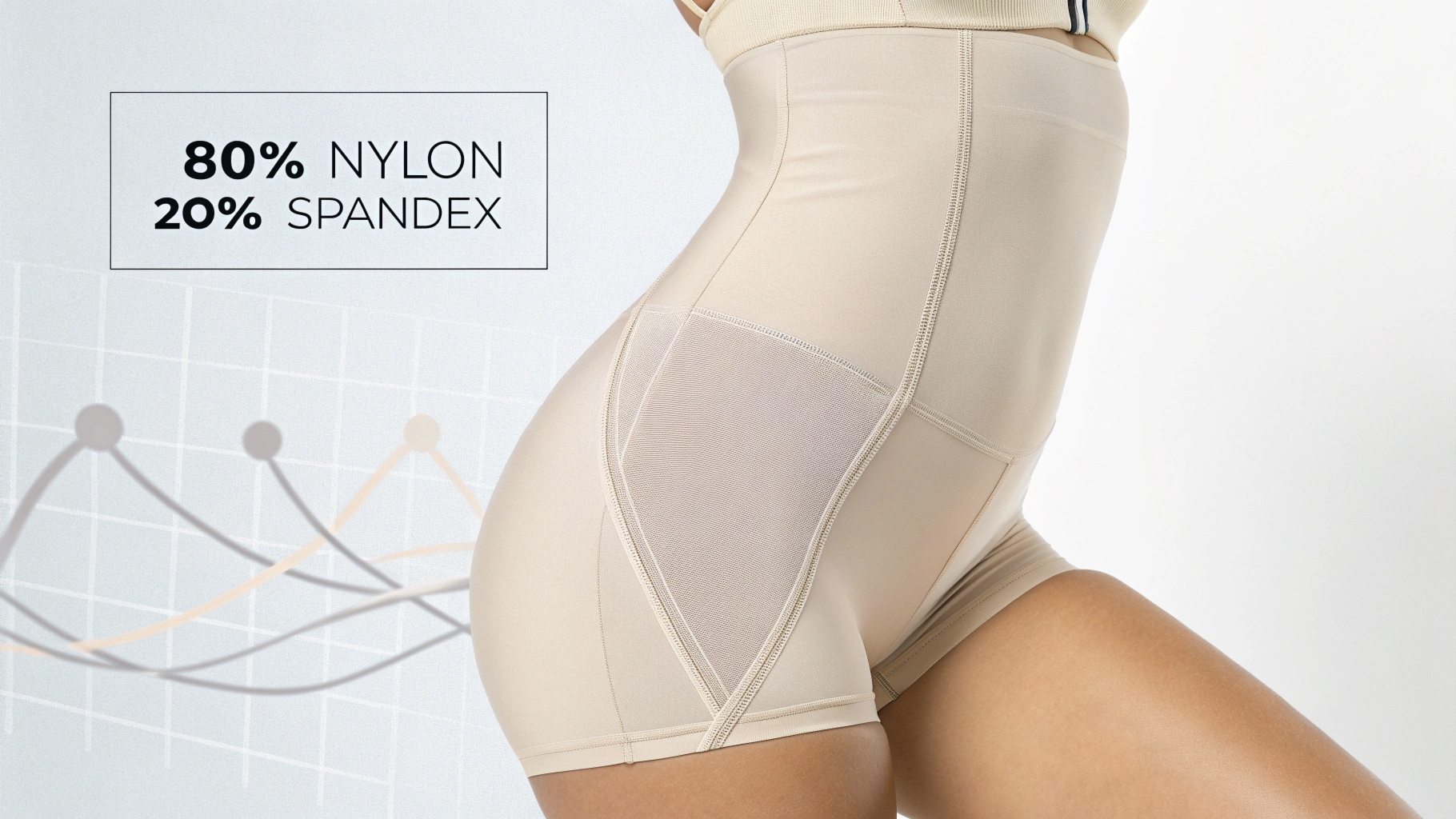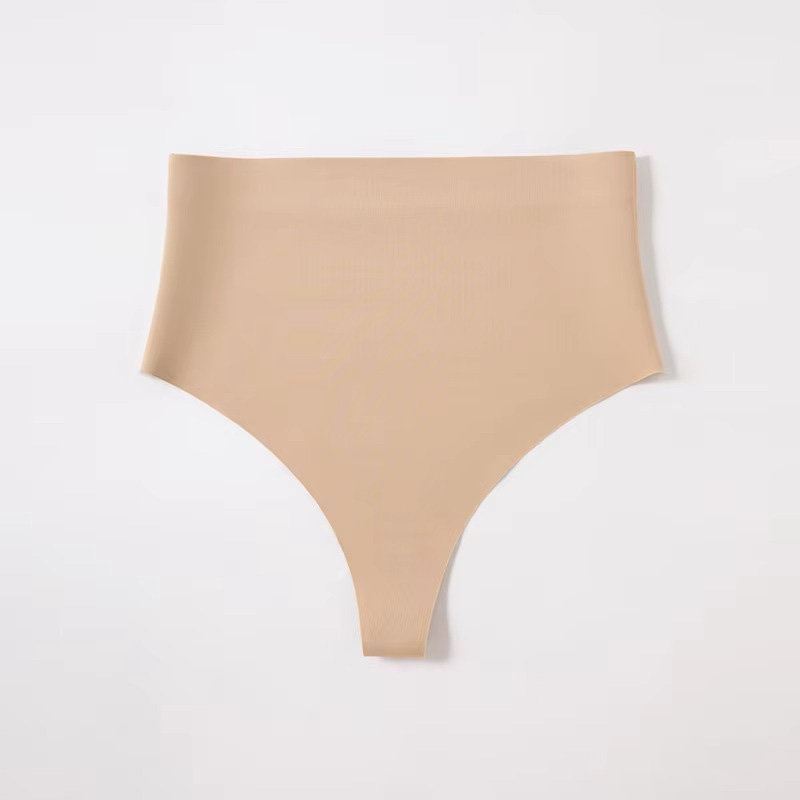What Fabrics Enhance Comfort and Durability in Shapewear?
Struggling with shapewear that digs in, loses its shape, or just doesn't last? The secret to solving these problems lies in choosing the right fabric for true comfort and durability.

From my years in manufacturing, I've learned that material selection is everything. It's the same principle we use when choosing steel for a plastic injection mold. The right material determines performance, longevity, and the overall quality of the final product. A great design can be ruined by a poor material choice. Let's look closer at what makes a fabric great for shapewear, so you can make informed decisions for your next project.
Which fabric is good for shapewear?
The endless fabric options can feel overwhelming. If you choose the wrong one, the product might fail to meet customer expectations. Let's focus on the top contenders to simplify your choice.
Nylon is an excellent choice for shapewear because of its superior durability, smooth texture, and impressive elasticity. It combines strength with a soft feel, ensuring the garment holds its shape and provides comfortable support through long-term wear, making it a top-tier material.

Nylon is a synthetic fabric, a type of polyamide made from crude oil. This might not sound glamorous, but its performance properties are outstanding. It offers fantastic abrasion resistance, which means it won't pill or wear out easily, even with daily use. Its elasticity allows it to stretch and conform to the body without losing its original shape. This is crucial for a garment that needs to both move with the wearer and provide consistent support. Compared to natural fibers like cotton, nylon has a much smoother, silkier texture. This allows clothes to glide over the shapewear without clinging, creating a seamless look. The combination of strength, softness, and durability makes nylon the foundation for most high-quality shapewear on the market today.
| Feature | Nylon | Cotton |
|---|---|---|
| Durability | Excellent | Moderate |
| Elasticity | High | Low |
| Feel | Smooth, Silky | Soft, Natural |
| Moisture Wicking | Good | Poor (Absorbs moisture) |
What is the best material for compression shapewear?
Sometimes, standard shaping isn't enough; you need real compression. Weak materials just won't provide that firm support. For effective compression, you need a specific blend of strength and stretch.
For true compression, the best material is a blend of nylon and spandex. Nylon provides the strong, durable framework, while a higher percentage of spandex delivers the powerful stretch and recovery needed for effective, comfortable compression that holds its shape.

It's the partnership between these two fibers that creates the magic. Nylon provides the base structure and strength, ensuring the garment is tough enough for regular wear. Spandex, also known as Lycra or elastane, is the powerhouse of elasticity. It can stretch many times its original size and snap back perfectly.
The Power of the Blend: Nylon and Spandex
For high-end compression shapewear, it’s not just about the blend, but also the construction. I’ve visited a few specialized factories in Shantou where they make some of the best shapewear in the world. They use a double-layer nylon technique. This method layers the fabric to build up shaping power and durability without creating a garment that feels like a rigid cage. This is why you see high-performance shapewear used for activities like yoga, pilates, and running. The garment supports the muscles, enhances form, and withstands intense physical activity.
| Component | Primary Function | Benefit for Shapewear |
|---|---|---|
| Nylon | Strength and Durability | Provides a strong, long-lasting foundation. |
| Spandex | Stretch and Recovery | Delivers firm compression and flexibility. |
What material is shapewear made from?
Have you ever looked at a shapewear label and felt confused by the terms? Words like polyamide and elastane can be unclear. Let's break down the common materials you'll find.
Shapewear is almost always made from synthetic fabric blends. The most common and effective combination is nylon and spandex. You may also find materials like polyester or microfiber, with cotton sometimes used for the gusset area to enhance breathability.

While nylon and spandex are the main players, other materials have their place. The specific blend ratio determines the garment's properties—more spandex means more stretch and compression, while a higher nylon content increases durability and smoothness. Polyester is another synthetic that appears, usually in more budget-friendly lines. Cotton is rarely used for the main body of the shapewear because it absorbs moisture and lacks the necessary stretch and recovery. However, it's often used for the crotch lining, or gusset, because it is soft and breathable against the skin. Understanding these components helps you decode any label and know exactly what you're getting.
A Look at Common Shapewear Materials
| Fabric | Feel | Durability | Cost | Best For |
|---|---|---|---|---|
| Nylon | Soft, Smooth | Very High | Higher | The main body of premium shapewear |
| Spandex | Stretchy | High | Higher | Providing compression and flexibility |
| Polyester | Slightly Harder | High | Lower | Budget-friendly shapewear options |
| Cotton | Soft, Breathable | Moderate | Lower | Gusset lining for comfort |
Is polyester good for shapewear?
You often see polyester listed on shapewear tags, especially on lower-priced items. Is it a good choice for your product, or just a cheap shortcut? Let's evaluate its role.
Polyester can be used for shapewear, but it is generally considered inferior to nylon. While it is durable and less expensive, it feels harder, is less elastic, and lacks the premium, smooth feel of a nylon-based garment.

Polyester has its advantages. It's a strong fiber, it's resistant to wrinkles, and it's cheaper to produce than nylon. This makes it an attractive option for manufacturers trying to hit a lower price point. However, when it comes to performance in a garment that sits right against the skin, its weaknesses become clear. In my experience, the feel of the fabric is critical. Polyester simply feels harder and less luxurious than nylon. It doesn't have the same level of stretch and recovery, meaning it might not provide the same smooth, powerful compression over time.
Nylon vs. Polyester: A Head-to-Head Comparison
When I consult with clients who want to create a truly top-tier shapewear line, my recommendation is always nylon. The difference in performance and hand-feel is immediate. Polyester can certainly work for entry-level products, but for a garment where comfort, a smooth silhouette, and long-term durability are the main goals, nylon is the undisputed winner. The higher cost is justified by the superior final product.
| Feature | Nylon | Polyester |
|---|---|---|
| Feel | Soft and smooth | Harder and less smooth |
| Elasticity | Superior stretch and recovery | Good stretch, but less than nylon |
| Durability | Excellent | Excellent |
| Cost | Higher | Lower |
| Best For | Premium, high-performance garments | Budget-conscious garments |
Conclusion
For superior comfort, durability, and shaping performance, a high-quality nylon and spandex blend is the undisputed best choice for your shapewear designs and manufacturing projects.


